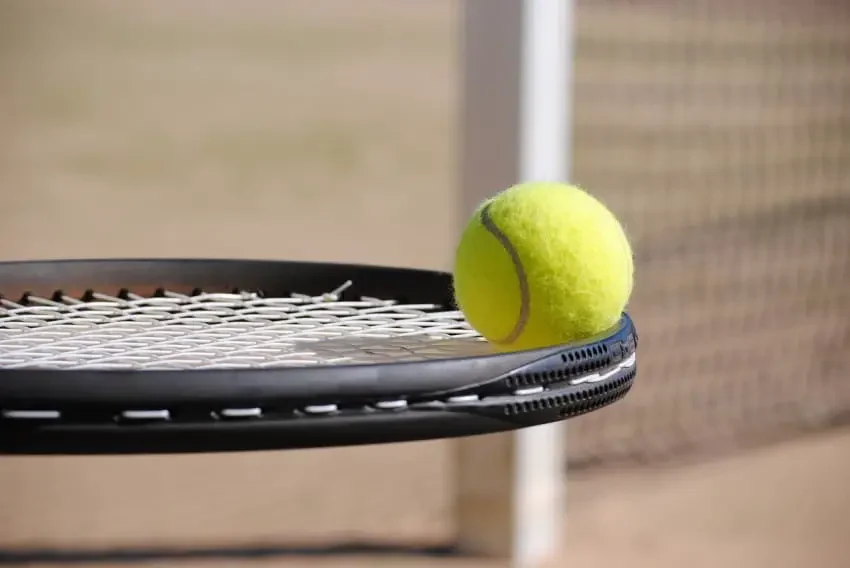The uneven surface and different texture to the tennis ball chair improves sensory regulation. The students who benefit from sensory seating are those with sensory processing disorder, Down syndrome, and children on the autism spectrum.
Amy has noticed results from her creative invention!

Image Credit: Petr Kratochvil / Public Domain Pictures
The first-graders who used the chair became more patient and were better at following the directions.

Image Credit: Allison Meier / Flickr
Want to try this in your classroom? Do you know a teacher who may benefit from this chair? Raymond Ellis Elementary has shared the directions about how to make these sensory chairs.

Image Credit: nike159 / Pixabay
You will need tennis balls, modge podge, hot glue, and fabric. Cover the chair and backrest with the fabric. Once that is dry, use the hot glue to attach the tennis balls (cut in half). Ta Da! You did it!
Share this wonderful idea!
